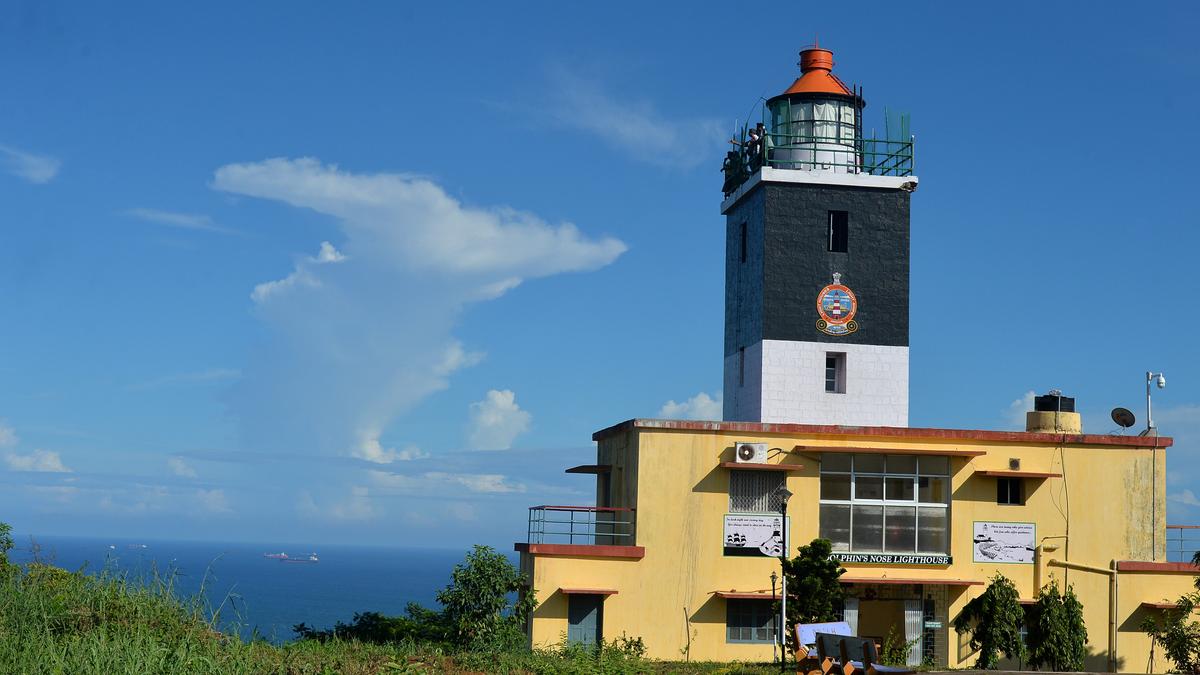
The tale of timekeepers of Vizagapatam Premium
The Hindu
Discover the unique historical timekeeping methods in Visakhapatnam, including time-guns, time-flags, and hourly bells.
As hard as it may seem to imagine for the current generation exposed to mobile phones and digital clocks from birth, until two centuries ago, only a few had the luxury of knowing the precise time of the day, and the majority had to wait for the hourly public announcement of time. However, the style of the public announcement is unique to the era, and those who were in their youth during the 70s and 80s must have heard about it from their elders.
“Nearly two centuries ago, the people of Visakhapatnam had a different way of knowing time. Old records of Visakhapatnam mention that the Army unit at the fort (at Old Town) used to fire a time-gun every day at 9 p.m. to inform the public and all the ships at the port of the correct local time. Later, the time-gun firing location was shifted from the fort to the Dolphin’s Nose Hill,” says Vijjeswarapu Edward Paul, a history chronicler and a member of the Indian National Trust for Art, Culture and Heritage (INTACH).
Godey Venkata Jagga Rao, a local zamindar and a trained astronomer, built an observatory at the Dabagardens area in 1840 to conduct both astronomical and meteorological observations. He established the longitude and latitude of Visakhapatnam from his observations. For many years, the time recorded in the observatory was the local time for Visakhapatnam. He erected a flagstaff on Dolphin’s Nose Hill to provide time signals for the public as well as for the ships to know the correct local time at 9 a.m. every day.
The system adopted was to raise two flags together, one above the other on the flagstaff precisely at 8 a.m., which continued to fly till 9 a.m. They were lowered down precisely at 9 a.m. to indicate the time. After the death of G.V. Jagga Rao in 1856, his son-in-law Ankitham Venkata Narsinga Rao took over the observatory and continued the astronomical and meteorological observations. He continued the hoisting of time-flags, which his father-in-law had started.
The time-gun being fired by the Army on Dolphin’s Nose Hill was discontinued in 1871. At that time, A.V. Narsinga Rao offered to maintain the firing of that time-gun at his own expense to provide the correct time to the public and to the ships at Port. He also constructed a new flagstaff on Dolphin’s Nose in 1886 for hoisting time flags. A public notification was issued by the Government to this effect, which is given hereunder.
It is hereby notified for the information of the public that A.V. Nursing Row has erected an expensive and durable flagstaff on the Dolphin’s Nose, and the time signals are now hoisted on it under his orders every day between 8 a.m. and 9 a.m. to indicate time.
The flags are hauled down at 9 a.m. with great precision, and it is intended thereby to indicate the precise time of that hour not only for the information of persons whose distance from the Fort renders the report of the 9 p.m. time gun inaudible but also to afford the Shipping in the Roads the means of finding the error of chronometers and to indicate the error of the time gun.











